Getting your students to work independently is one of the most challenging parts of teaching the primary grades. And even when students are finally able to function without your direct supervision, it’s often difficult for them to stay productive and make the most of their learning time.
That independent work time is SO valuable, though. We can teach until we are blue in the face, but unless kids put those lessons into practice, they won’t truly learn much at all.
Independent reading time is no exception. Students need time to practice all those reading strategies we’re teaching them! But getting them to do so independently can be tricky.
I’ve often found that my students (especially those who are still just beginning to read traditionally) revert to looking at the pictures. Or they do read the words, but without much thought. They may just skip over tricky words or not even notice when they don’t comprehend the text.
I’ve tried many different things to get my students to really use those strategies as they read independently. Here are 5 supports that have really helped my kids my kids become more independent with their strategy use:
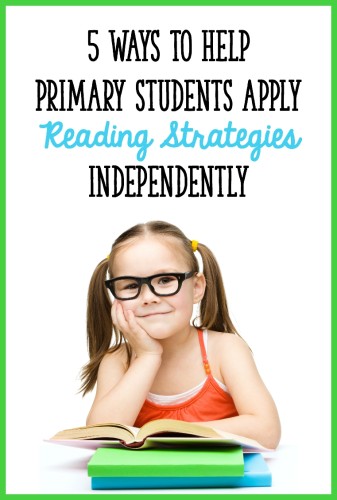
1. Provide consistent visual representations of the strategies you want students to apply.
Images are so powerful, especially for K-1 kiddos who are just learning how to read. I love to take each strategy I teach and turn it into some type of visual that kids can easily understand.
I’ve also found that kids better remember what the visuals mean when they see the same image repeatedly. So although drawing to create a visual anchor chart as a class is valuable, I’ve found that it can be easier to use clipart for consistency. When I use clipart, I can use the same image in more than one place – whereas I can rarely draw the exact same image twice!!
In order to give students reminders to use reading strategies, I created strategy posters that are duplicates of smaller reading strategy cards. We use the posters as a whole group, and then I place the smaller strategy cards on binder rings so that students can have the same strategies right in front of them.
Because the visual is the same as the one used during the minilesson, students are more easily able to remember what it means and apply the strategy independently. Here’s an example of a poster-strategy card match:
2. Give students something to look for or notice while they are reading.
When I teach a minilesson, I don’t always expect students to be able to apply it immediately during their independent reading. For example, if we are studying nonfiction as a class, students may still be reading some fiction independently.
However, in order to give students practice with a strategy, I sometimes do ask my kids to apply the day’s strategy in their independent reading. Of course, asking them to try something and them actually following through are two different things. Our little ones just forget sometimes!
One way you can help students remember to use a strategy (and to hold them accountable for using it) is to give them a bookmark. I’ve used two types of bookmarks – “thinking” bookmarks and “write on” bookmarks for this purpose.
A “thinking bookmark” is simple – it provides a little visual reminder to try out a strategy, and then kids place the bookmark in the part of the text where they used that strategy. During your reading conferences with students, as well as sharing time, they can talk about how they used the strategy. If you have students share about their reading with a partner, sharing time goes more quickly when kids can easily turn to their “thinking” bookmark to discuss with a buddy.
A “write on” bookmark is similar to a thinking bookmark, in that it gives students a reminder, and they can can use it to mark a particular place in the text. However, a “write on” bookmark also includes a little assignment. Not only do students place the bookmark in the text, but they also draw or write a little note on it. Here are some examples:
Each of these bookmarks has a little pencil image at the top, so that students know it’s okay to write on it.
3. Hold individual reading conferences with students – and schedule “follow up” conferences.
Individual reading conferences are a great way to check in with students and see how they are doing with their strategy use. You can do this as the entire class is reading silently, or even during your guided reading group.
When I hold a reading conference with a student, I use the “observe-compliment-teach” structure. First, I observe the reader (either by having her read aloud or by asking her a specific question to find out more about her reading). Then, I compliment something the reader is doing well (this encourages her to keep on doing it!). Last, I teach something I want the reader to do to move her reading to the next level.
The conference doesn’t end here, though. It’s too easy for a student to forget what you’ve taught them and stop using the strategy after a day or two! For this reason, I always make sure to schedule a “follow up” conference. This conference can be very brief, like a simple check-in (“How are you doing with the ____ strategy?”) or a regular conference to see observe the child “in action.”
For an anecdotal note form / conference record that includes a reminder to follow up with the student, download the freebie below (this is from my K-1 Reading Workshop Toolkit):
4. Make students accountable to a partner.
Another great way to encourage students to make use of reading strategies is to have them talk about their strategy use with a partner. Although students should also spend time sharing about the ideas in texts, “strategy talk” can be super valuable too.
Before students begin independent reading, ask them to either try out a particular strategy, or just notice any strategy they use while reading. Students can draw or write a quick note about their strategy use (or use one of the bookmarks I described above), and then share about it with a partner after independent reading time is over.
5. Provide students with concrete tools to use while they are reading.
Last but not least…giving students concrete tools to use during independent reading is super helpful in getting them to practice reading strategies! Some of my favorite tools (all from my K-1 Reading Workshop Toolkit) include:
A strategy ring card with a few different strategies students can use, and…
resource bookmarks.
Reading Workshop Toolkits
All of the printables and tools featured in this post come from my new K-1 Reading Workshop Toolkit!
This resource includes over 450 pages of resources to help you manage and teach during reading workshop! The materials are versatile and can also be used with guided reading or any other reading program/structure you follow.
I also have a toolkit designed specifically for 2nd and 3rd grade:
Included in these packs are:
Reading Strategy Cards and Posters:
Sets of cards and corresponding posters to help you teach reading strategies. You can display the posters in your classroom and use them during mini-lessons. Place the corresponding strategy cards on small binder rings to have students use while reading independently or during guided reading. Around 100 different strategies are included in each toolkit, so you’ll have many options to choose from! There are also blank cards so you can make your own or design visuals with your class.
Planning Templates (print and write in):
Sets of planning templates to help you create daily, weekly, and unit plans for reading workshop. Choose the template(s) you like best, print them out, and fill in your plans.
Planning Templates (editable):
Sets of editable planning templates that you can use to create daily, weekly, and unit plans for reading workshop.
Assessment / Anecdotal Note Forms:
Sets of forms and checklists you can use to take anecdotal notes about students’ reading. Many different formats are included so you can choose the one(s) that best meet your needs.
Prompts and Teaching Points:
Documents with suggested questions at the beginning of a reading conference, as well as specific teaching points/strategies you can teach during reading conferences, small group instruction, and/or whole group instruction.
Bookmarks for Students:
Bookmarks that students can use as a reference for phonics and strategies, to mark a place in a book where they used a specific strategy, and to record their thinking.
You can check out the K-1 toolkit HERE, and the 2-3 toolkit HERE.
Happy teaching!

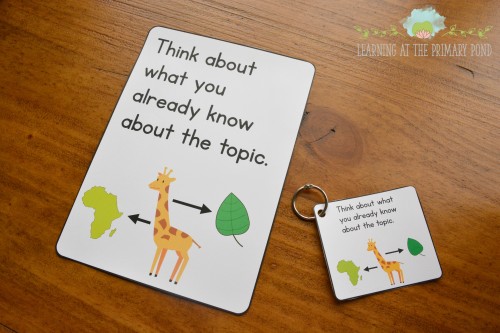
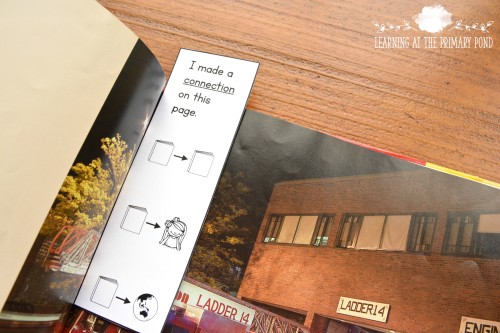
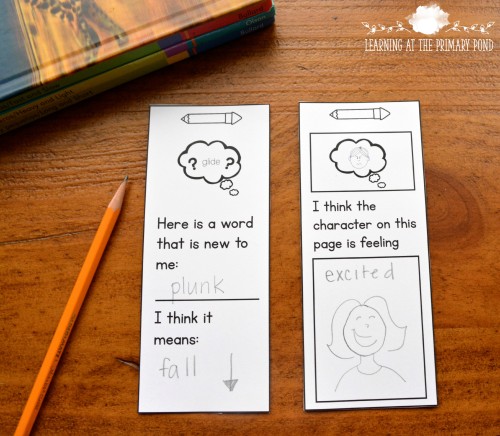
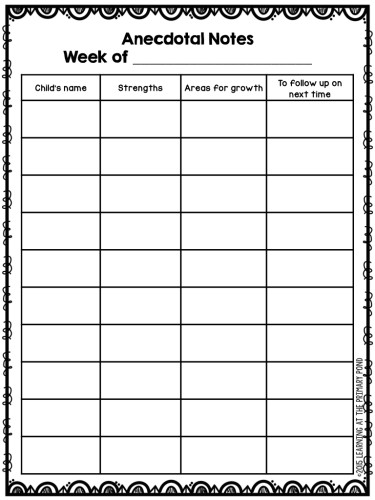
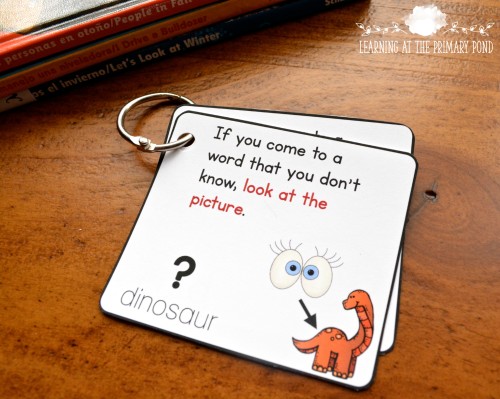
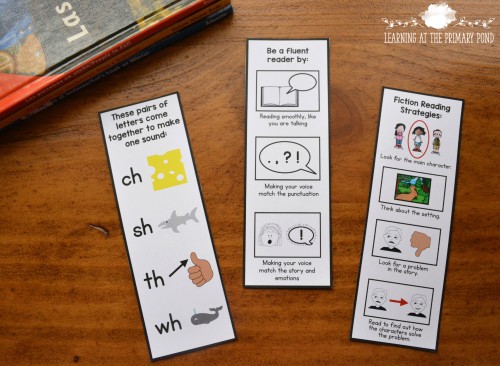
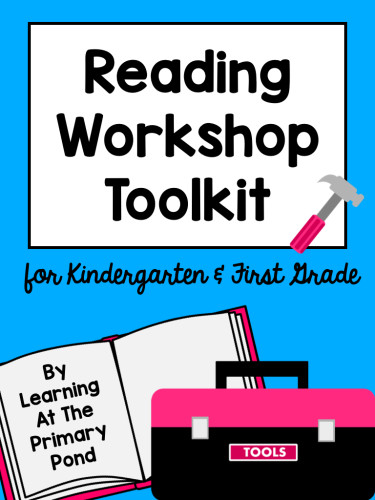
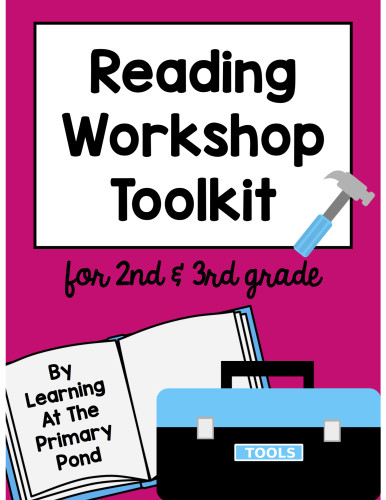
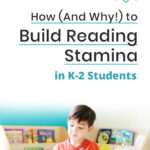
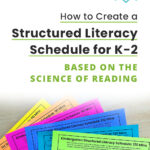
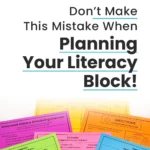
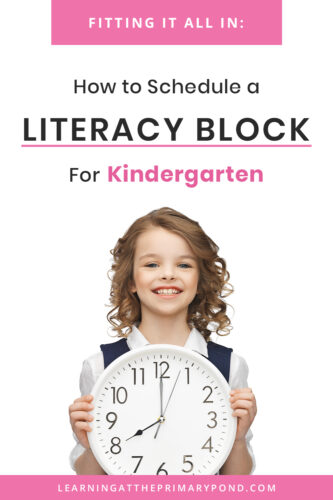
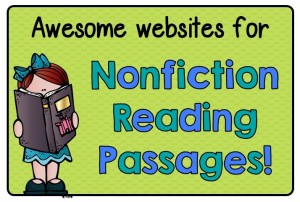
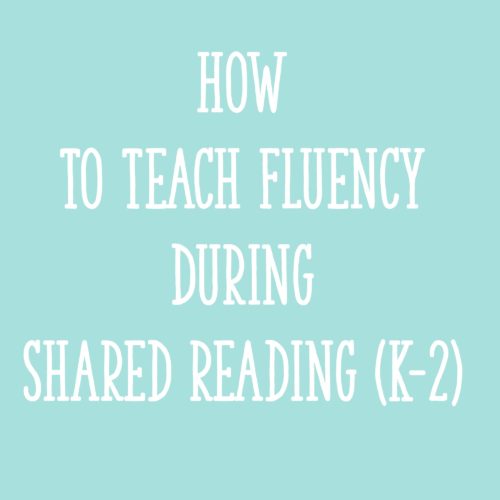





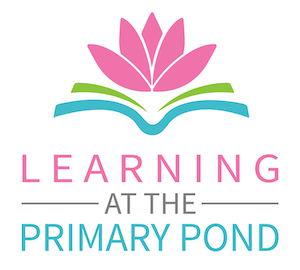
Awesome suggestions!